Table of content
- Sushi-Grade Fish (Tuna, Salmon, Yellowtail)
- Shellfish (Oysters, Clams, Mussels)
- Crustaceans (Shrimp, Lobster, Crab)
- White Fish (Cod, Halibut, Sea Bass)
- Cephalopods (Squid, Octopus)
- Fresh Grating vs. Paste
- Temperature Control
- Emulsions and Foams
- Wasabi-Soy Dipping Sauce for Sushi
- Wasabi Butter-Basted Scallops
- Wasabi-Citrus Ceviche
- Wasabi Cream Sauce for Lobster Pasta
Seafood and wasabi—a duo that has tantalized taste buds for centuries. The pungent, nasal-clearing heat of wasabi, when harmonized with the delicate brininess of seafood, creates a culinary experience that is both exhilarating and refined. Yet, achieving the perfect balance between these two elements requires more than mere chance; it demands an understanding of flavor dynamics, texture contrasts, and cultural culinary traditions. This article delves into the science and art of enhancing seafood dishes with wasabi, offering practical advice, recipe inspirations, and expert tips to elevate your next meal.
The Alchemy of Wasabi and Seafood
Wasabi (Eutrema japonicum), often referred to as “Japanese horseradish,” is a root vegetable native to Japan. Its fiery heat, unlike that of chili peppers, stems from allyl isothiocyanate, a compound released when the plant’s cells are damaged—typically through grating. This heat is short-lived but intense, making wasabi an ideal counterpart to the subtle, often oceanic flavors of seafood. The key lies in how these flavors interact: wasabi’s piquancy cuts through richness (think buttery salmon or creamy scallops) while enhancing the natural sweetness of shellfish or the umami depth of tuna.
Understanding Wasabi’s Flavor Profile
Freshly grated wasabi has three distinct flavor phases:
- Initial Heat: A sharp, nasal sting that dissipates quickly.
- Herbaceous Notes: A green, vegetal sweetness reminiscent of mustard or fresh spinach.
- Subtle Bitterness: A mild, lingering astringency that cleanses the palate.
When pairing with seafood, the goal is to highlight these layers without overwhelming the dish. Pre-packaged wasabi paste, often a mix of horseradish, mustard, and food coloring, lacks the complexity of freshly grated wasabi but can still be used effectively with the right adjustments.
Pairing Principles: Which Seafood Works Best?
Not all seafood is created equal when it comes to wasabi. The following guidelines will help you navigate pairings:
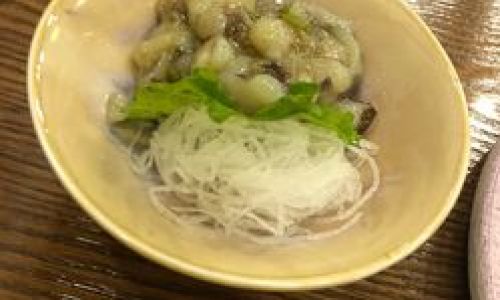
Sushi-Grade Fish (Tuna, Salmon, Yellowtail)
- Texture: Firm, fatty flesh.
- Preparation: Sashimi or sushi.
- Wasabi Application: A thin layer under the fish (traditional method) prevents overpowering the meat’s flavor. For sushi rolls, mix wasabi into the rice sparingly.
Shellfish (Oysters, Clams, Mussels)
- Texture: Briny, sometimes chewy.
- Preparation: Raw on the half shell or steamed.
- Wasabi Application: A tiny dollop on raw oysters amplifies their marine sweetness. For steamed shellfish, incorporate wasabi into melted butter or broth.
Crustaceans (Shrimp, Lobster, Crab)
- Texture: Sweet, tender meat.
- Preparation: Grilled, boiled, or in ceviche.
- Wasabi Application: A wasabi-infused aioli or cocktail sauce complements the natural sweetness. Avoid heavy wasabi doses that mask delicacy.
White Fish (Cod, Halibut, Sea Bass)
- Texture: Flaky, mild.
- Preparation: Baked, pan-seared, or in tacos.
- Wasabi Application: Use wasabi sparingly as a seasoning rub or in a light sauce to avoid bitterness.
Cephalopods (Squid, Octopus)
- Texture: Chewy, resilient.
- Preparation: Grilled, fried, or in salads.
- Wasabi Application: A wasabi-lime marinade tenderizes and adds zing.
Advanced Techniques for Wasabi Preparation
Fresh Grating vs. Paste
- Fresh Wasabi: Use a sharkskin grater (oroshi-ki) to create a smooth, aromatic paste. Serve immediately, as flavor peaks within 15 minutes.
- Paste: Rehydrate dried wasabi powder with cold water. Let sit for 5 minutes to develop flavor.
Temperature Control
- Cold Applications: Mix wasabi into chilled sauces (e.g., ponzu) for sashimi.
- Hot Applications: Fold wasabi into warm butter or oils for grilled seafood.
Emulsions and Foams
- Whip wasabi into mayonnaise for a creamy, spicy aioli.
- Use a siphon to create wasabi foam for modernist presentations.
Recipe Inspirations
Wasabi-Soy Dipping Sauce for Sushi
- Ingredients: 2 tbsp soy sauce, 1 tsp fresh wasabi (grated), 1 tsp mirin, 1 tsp rice vinegar.
- Method: Whisk ingredients until smooth. Serve with sushi or sashimi.
Wasabi Butter-Basted Scallops
- Ingredients: 12 sea scallops, 2 tbsp unsalted butter, 1 tsp fresh wasabi, 1 garlic clove (minced), lemon wedges.
- Method:
- Pat scallops dry. Season with salt.
- Melt butter in a pan. Add garlic and wasabi; cook 1 minute.
- Sear scallops 2 minutes per side. Baste with wasabi butter.
- Squeeze lemon juice before serving.
Wasabi-Citrus Ceviche
- Ingredients: 1 lb white fish (cubed), 1/4 cup lime juice, 1 tbsp fresh wasabi, 1/2 red onion (thinly sliced), cilantro, avocado.
- Method:
- Marinate fish in lime juice for 15 minutes.
- Fold in wasabi, onion, cilantro, and avocado.
- Serve with tortilla chips.
Wasabi Cream Sauce for Lobster Pasta
- Ingredients: 1/2 cup heavy cream, 1 tbsp fresh wasabi, 2 garlic cloves (minced), 1/4 cup Parmesan, cooked lobster meat.
- Method:
- Sauté garlic in olive oil. Add cream and wasabi; simmer 5 minutes.
- Toss with pasta, Parmesan, and lobster.
Common Mistakes to Avoid
- Overpowering the Dish: Wasabi should enhance, not dominate. Start with a small amount and adjust to taste.
- Using Stale Wasabi: Pre-made pastes lose potency quickly. Opt for fresh or high-quality dried powder.
- Ignoring Texture: Thick sauces can mask seafood’s delicate texture. Keep sauces light or use them as glazes.
- Pairing with Delicate Fish: Avoid wasabi with mild white fish like cod unless used as a subtle accent.
Health Benefits of Wasabi
Beyond its culinary appeal, wasabi offers nutritional perks:
- Antioxidant-Rich: Contains isothiocyanates, which combat free radicals.
- Anti-Inflammatory: May reduce inflammation linked to chronic diseases.
- Antimicrobial: Traditional use in Japanese cuisine for food preservation.
Cultural Context: Wasabi in Japanese Cuisine
In Japan, wasabi is revered as more than a condiment—it’s a symbol of culinary precision. Traditional sushi chefs train for years to master the “wasabi line,” the invisible boundary where the right amount of heat meets the fish’s flavor. Outside Japan, fusion chefs experiment with wasabi in unexpected ways: wasabi-infused cocktails, wasabi truffles, and even wasabi-flavored ice cream. However, authenticity lies in restraint; the best wasabi applications let the seafood shine.
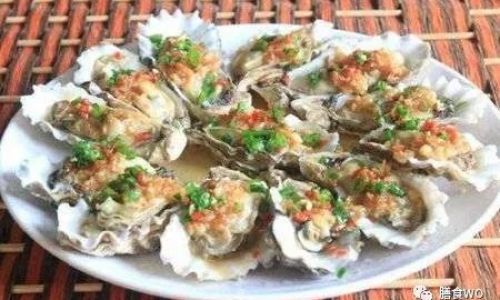
Conclusion
The marriage of seafood and wasabi is a dance of contrasts—fire and brine, intensity and subtlety. By understanding the nuances of each ingredient, experimenting with textures, and respecting culinary traditions, you can transform simple dishes into memorable feasts. Whether you’re a sushi purist or a fusion foodie, the key to success is balance. So next time you’re at the market, grab a knob of fresh wasabi, your favorite catch of the day, and let your palate embark on a thrilling adventure. Remember: in the kitchen, as in life, sometimes the most exhilarating moments come from embracing a little heat.

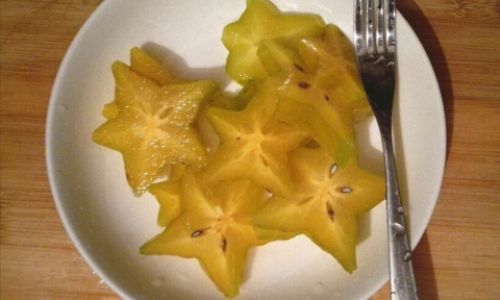
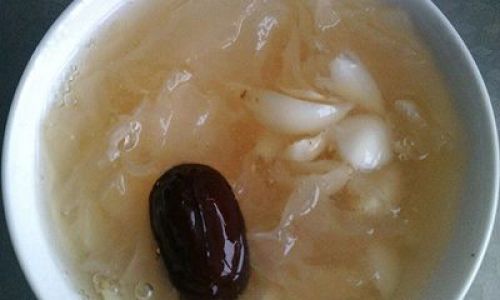
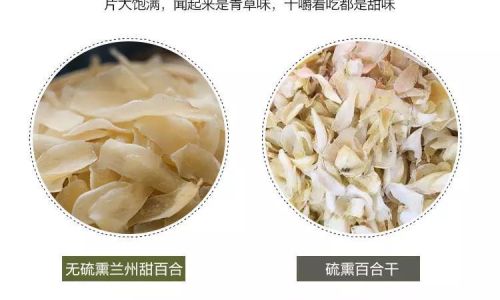
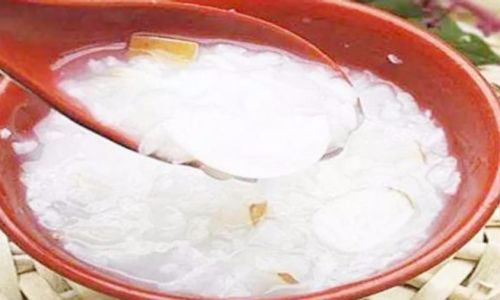
0 comments